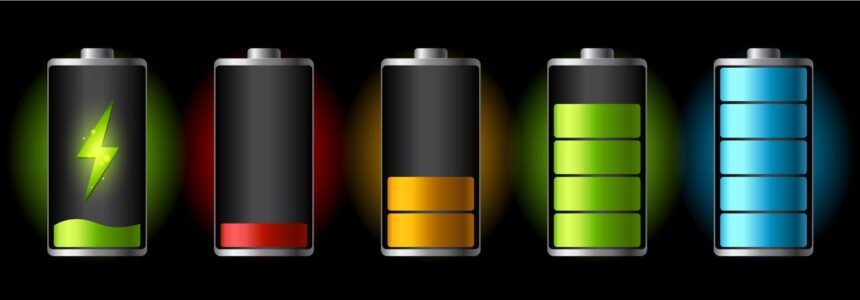TDK, a key supplier for Apple, announced a breakthrough in its battery technology. This development promises to revolutionize the performance of wearable devices such as smartwatches, wireless earphones, and hearing aids. By introducing a new material for solid-state batteries, TDK aims to enhance energy density and safety, potentially setting new standards in the wearable tech industry.
What’s Happening & Why This Matters
TDK has successfully developed a material for its solid-state batteries that boasts an estimated energy density of 1000 Watt hours per liter (Wh/l). This figure is about 100 times greater than the energy density of their current mass-produced solid-state batteries. Energy density is crucial as it determines the amount of energy that can be stored in a given space, directly impacting the battery’s performance and the device’s operating time.
Solid-state batteries are seen as a game-changing technology because they can store more energy and charge faster than traditional lithium-ion batteries. TDK’s new battery material can be used in various devices that come into direct contact with the human body. These include wireless earphones, hearing aids, and smartwatches. This innovation could lead to smaller, more efficient wearable devices with longer battery life, enhancing user experience significantly.
Battery Features and Benefits
- Higher Energy Density: With an energy density of 1000 Wh/l, the new batteries can significantly outperform current models.
- Safety: The use of oxide-based solid electrolytes makes these batteries extremely safe, reducing the risk of leaks and other safety hazards associated with conventional batteries.
- Size and Capacitance: The smaller size and higher capacitance of these batteries mean they can fit into more compact devices while providing longer operating times.
- Material Composition: The batteries will be made from an all-ceramic material with oxide-based solid electrolytes and lithium alloy anodes, contributing to their enhanced performance and safety.

Impact
TDK’s goal is to replace existing coin cell batteries, commonly used in portable devices, with their new solid-state batteries. This transition is expected to comply with European Union battery regulations, promoting safer and more efficient battery use across various sectors. The potential for this technology to lead to smaller and more powerful wearable devices could drive innovation in the tech industry, influencing future designs and capabilities.
TF Summary: What’s Next
TDK’s breakthrough in battery technology is a step forward for wearable devices. By offering higher energy density, improved safety, and smaller sizes, these new batteries could set new standards in the industry. As TDK moves towards replacing traditional coin cell batteries, we can expect to see more efficient, longer-lasting wearable devices.
Future developments will focus on mass production and integration of these batteries into various devices — further enhancing the performance and capabilities of wearable technology. This advancement not only benefits consumers with better-performing devices but also sets standards for safety and efficiency in battery technology.
Overall, TDK’s innovation has the potential to drive significant progress in the wearable tech industry, paving the way for smarter, safer, and more efficient devices.


